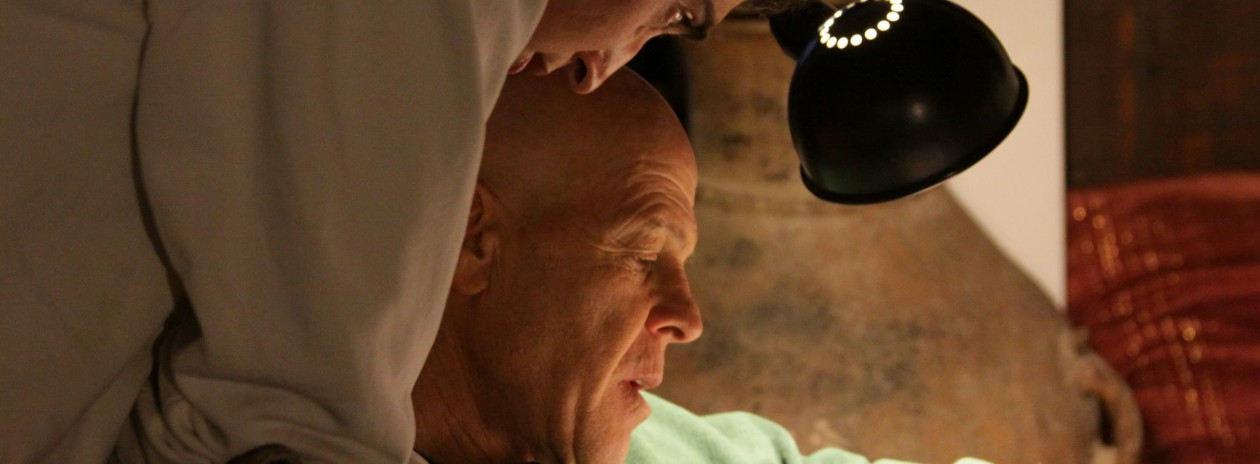The social scientific study of religion literature seems to acknowledge the significance of the issue, but its treatment is mainly implicit, partial and dated. A noteworthy exception which is highly relevant to the present argument is the Stark & Glock School of sociology of religion (Glock and Stark 1965).
Written By Professor Gideon Aran
Its foundations go back to the 1960s and it arrived at the zenith of its influence during the 1970-80s when many such studies were based on analyzing the National Survey data, while in the 1990s basically one work, impressive in itself, represented this productive research legacy.
In an ambitious research project, Bainbridge (1997) examined answers to GSS questionnaires along a sequence of twenty years in an attempt to measure American religiosity. For this purpose he used a model – quite self-evident by now – that distinguishes between different dimensions of religion (e.g., McGuire 1992).[1] In his study of religious movements he discussed five variables indicating the degree of religiosity of an individual or a group in different aspects of religion.
The first is Religious Belief: the reported willingness to accept with no reservations the tenets of a religion ((dogma, theological principles etc). The second is Religious Practice: religion-related behavior, that is, rituals or cultic actions. The third is Religious Knowledge: acquaintance with the essential information about religion (mastery of the bible, expertise in the details of rites etc). The fourth is Religious Experience: authentic subjective sense of the presence of the sacred.
The fifth is Religious Ethos or Consequentiality: the impact of religious commitment on the values and norms that guide the life of believers (e.g. the degree that one’s choice of spouse, profession, children’s school, political party is determined by his religiosity).
Taken from “On Religiosity and Super-Religiosity: Measures of Radical Religion”, By Gideon Aran.
